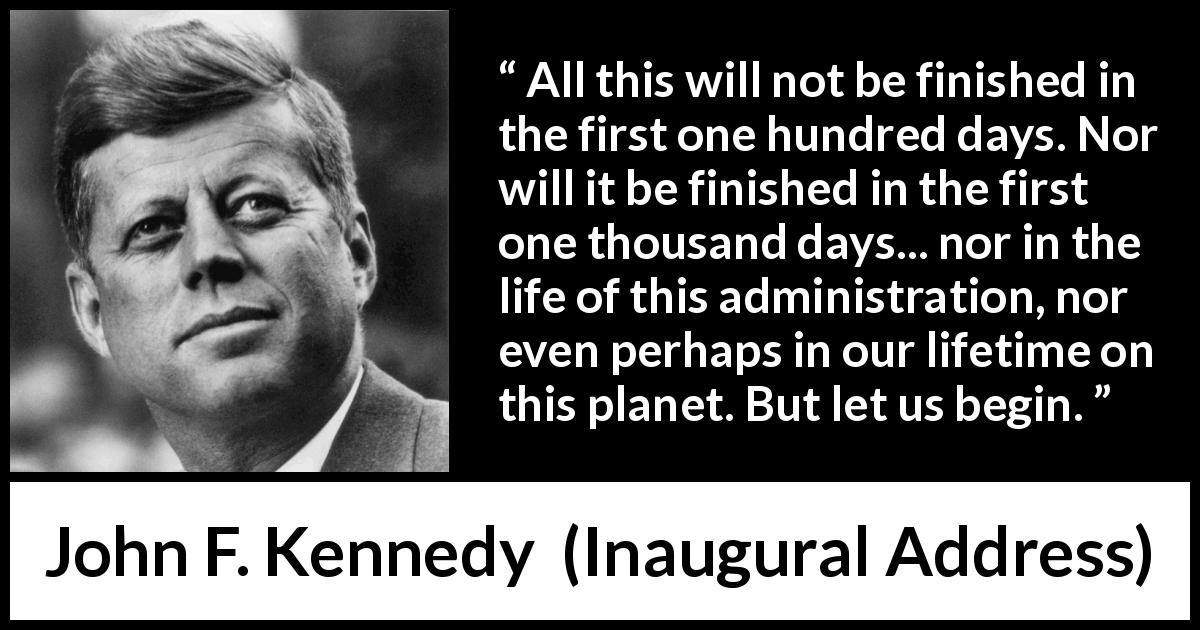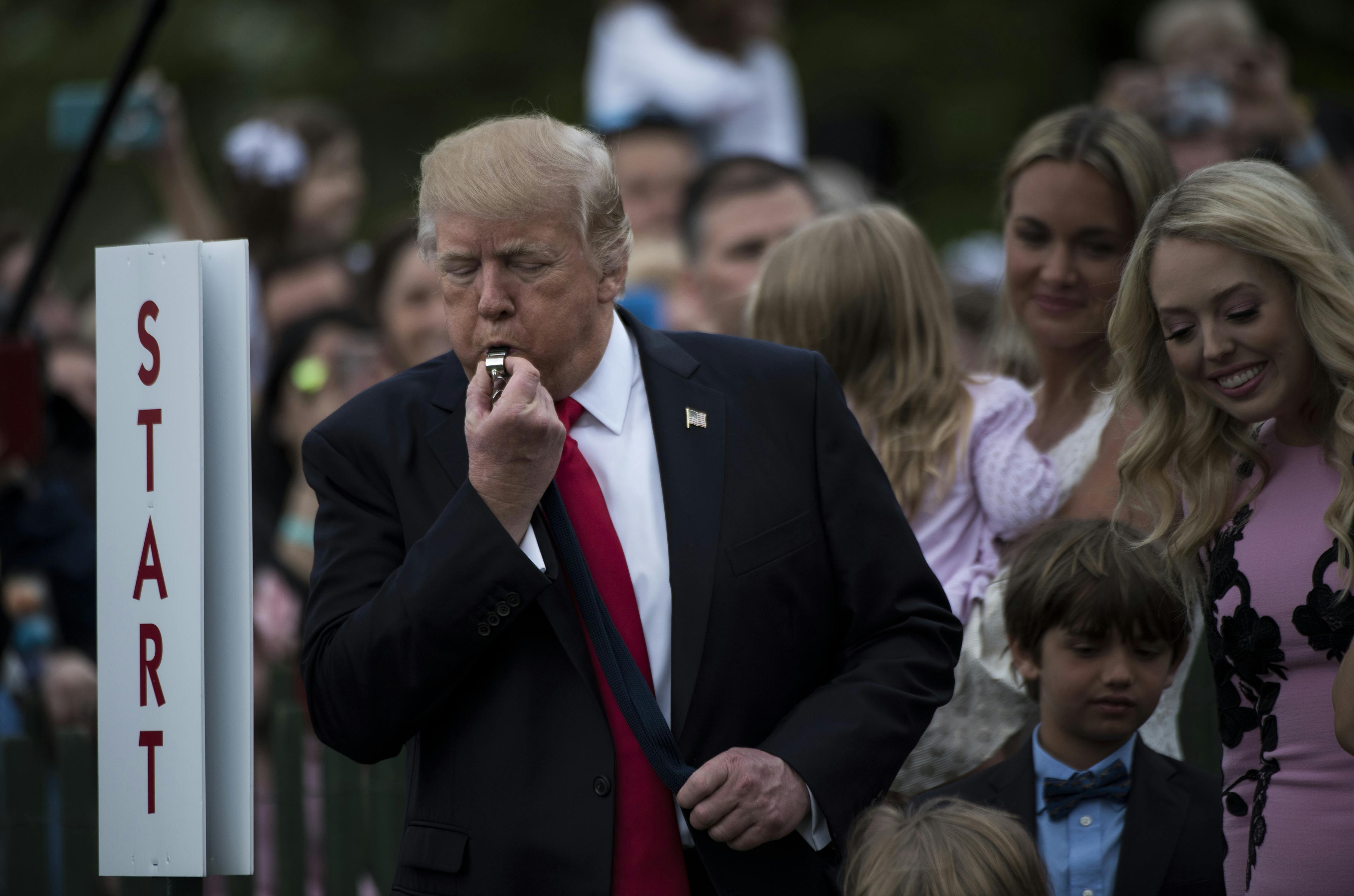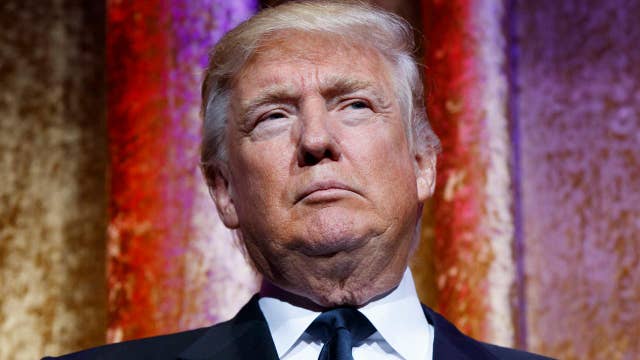
He also greenlighted the CIA's disastrous invasion of Cuba at the Bay of Pigs and began deepening the U.S. Kennedy, in 1961, created the Peace Corps. It was Kennedy’s attempt to keep his campaign promise to fight Communism and keep the American people safe. Eighty seven days into his time in office, Kennedy made the decision to go ahead with the Bay of Pigs invasion, increasing the tension between the United States and Communist countries, especially Cuba. President Kennedy had one of the largest surges during his first hundred days with an eleven point increase, from 72% approval rating to 83%. The more fascinating numbers to look at are two presidents who made poor decisions in difficult times yet saw an increase in their ratings. A three percent drop may not seem like much, but it still shows how citizens and others in the government wanted more bipartisan accomplishments and not just promises of possible change from the usual seen in office. Many believed he had done a good job so far, trying to reboot the economy but they disagreed with his decision to continue deployments of U.S. In February 2009, Obama quietly had 17,000 troops deployed to Afghanistan and planned to have additional troops sent in the summer. The American Recovery and Reinvestment Act was passed on his 29th day in office, expanding many programs especially ones connected to insurance and low-income households. The journalist and author, Bob Woodward proposes the theory that Obama proceeded to make the mistake of turning “too much of his agenda over to the Democrats, the excluded Republicans and the stimulus package and the failure to make deals hurt him.” Along with that, he went back on his statements of taking troops out of some Middle Eastern countries. Not one of them voted for stimulus package, the only reason it passed was because the Democrats were the majority at the time. Obama took office during the time of a severe financial crisis and was able to get Congress to sign a stimulus package, but it excluded the Republicans. President Obama also saw a drop in popularity during his first hundred days, going from 68% to 65%.
#Trump first one hundred days how to#
The beginning of his term saw a slow move to fill out the administration, with his top aides fighting over how to begin, and poor management of the attempted policies. His loss of points from the beginning of his presidency to the end of his first hundred days can be connected to his campaign messages that offered change. Trump had a historically low presidential approval rating, hovering in low forties, and the lowest in recent history. They both utilized presidential action an inordinate number of times during their first hundred days, along with not fulfilling promises made during their campaign. President Trump and President Obama are remembered as two presidents who saw drops in their popularity during their first hundred days. Those who followed this extraordinary and trend-setting presidency are identified as having an action packed or an idle first hundred days in office.

It is easy to see why the public trusted and loved him, so much so that he was elected to three more terms! His actions set a high bar for the first hundred days, getting more done than any president before or after him, and establishing a standard for presidents to follow thereafter. There have been a few presidents since FDR who have earned such a remarkable approval rating. He set the stage for incoming presidents to share their plans for the first hundred days. On top of the creation of these new organizations, FDR reinstate the public’s confidence in the banks and financial institutions by signing the Emergency Banking Act of 1933. Through the new agencies and relief programs for those suffering as a result of the Great Depression, FDR was setting into the motion the preparations for the nation to accept the expansion of federal power.

The early part of his time in office was spent signing 76 laws and issuing 99 executive orders to set up the Civilian Conservation Corps (CCC), the Public Works Administration, and the Federal Emergency Relief Administration.

He pushed all this work to the forefront of his term to bring swift aid to citizens in need. In his inaugural address he promised to provide relief to unemployed workers with the establishment of several agencies. The first president to use the now famous measure was Franklin D.
#Trump first one hundred days free#
Each American president inherits situations and devises plans that determine the new Leader of the Free World’s first hundred days in office.


 0 kommentar(er)
0 kommentar(er)
